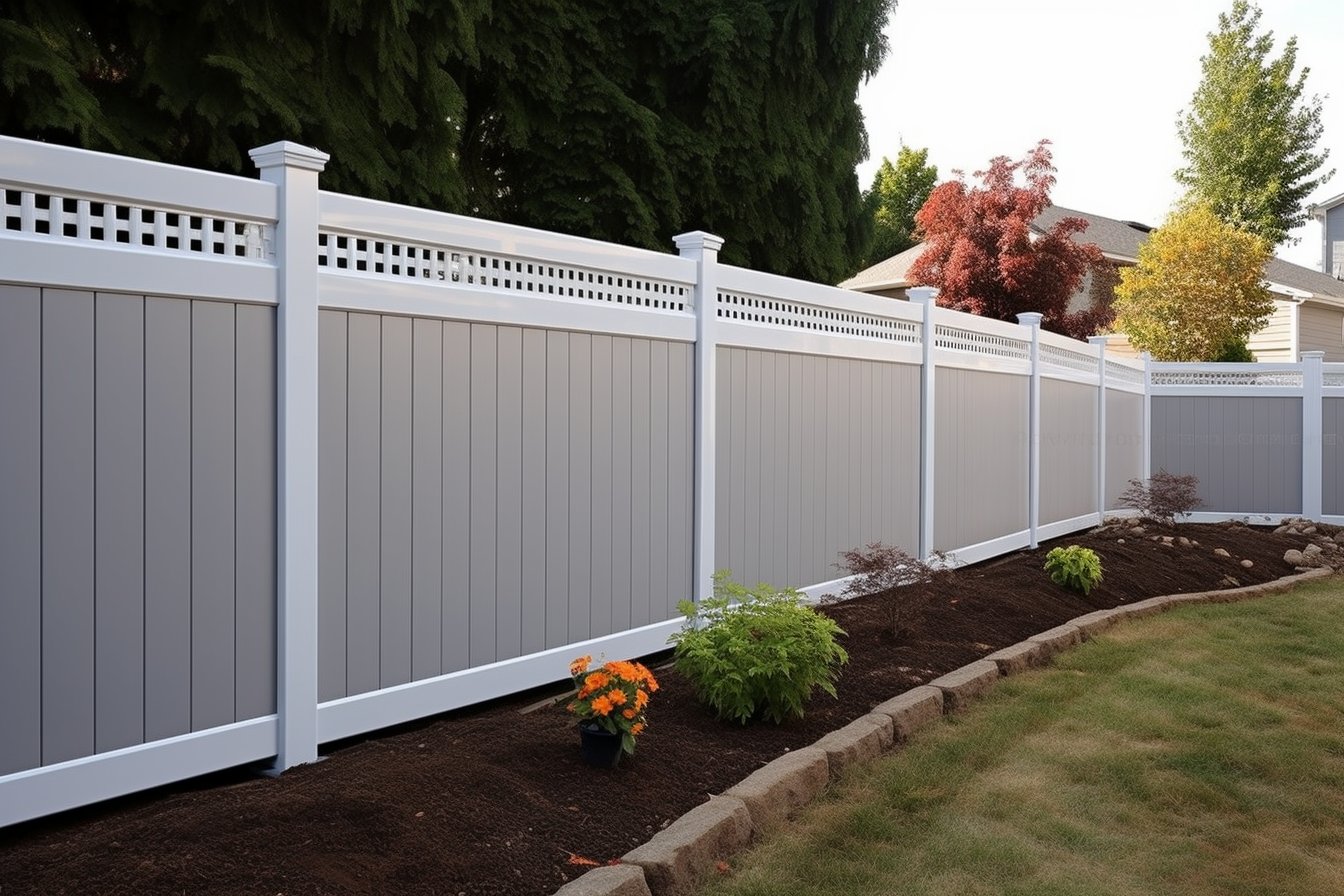Panel Fences: Your Complete Guide to Installation and Benefits
Panel fences represent one of the most popular and practical fencing solutions for residential properties worldwide. These pre-constructed fence sections offer homeowners a straightforward way to establish boundaries, enhance privacy, and improve property aesthetics. Understanding the fundamentals of panel fencing can help you make informed decisions about your outdoor space while considering factors like installation requirements, material options, and long-term maintenance needs.

What are Panel Fences and How Do They Work
Panel fences consist of pre-manufactured sections that connect between fence posts to create a continuous barrier. Each panel typically measures six to eight feet in width and comes in various heights ranging from three to eight feet. The panels attach to wooden, metal, or concrete posts using brackets, screws, or specialized mounting hardware.
The construction process involves setting fence posts at predetermined intervals, usually matching the panel width plus the post thickness. Once the posts are secure and properly aligned, panels slide into position or mount directly to the post faces. This modular approach allows for efficient installation while maintaining consistent appearance and structural integrity throughout the fence line.
Most panel systems accommodate slight ground variations through adjustable mounting brackets or by cutting panels to follow terrain contours. The standardized dimensions make replacement of damaged sections straightforward, while the uniform appearance creates clean, professional-looking boundaries.
Panel Fences for Small Gardens and Patios
Small outdoor spaces benefit significantly from panel fencing due to the precise sizing and efficient installation process. Garden areas and patios often require specific height restrictions or decorative elements that panel systems can accommodate without custom manufacturing.
For compact spaces, shorter panels in the three to four-foot range provide boundary definition without overwhelming the area visually. Decorative panel styles featuring lattice tops, curved edges, or integrated planters enhance small gardens while maintaining functionality. The pre-manufactured nature eliminates guesswork in measurements and reduces installation time in confined spaces.
Panel fencing works particularly well for patio enclosures where consistent height and appearance create intimate outdoor rooms. Many manufacturers offer specialized panels designed for close-proximity installations, featuring smoother finishes and refined details appropriate for entertainment areas and garden settings.
Benefits of Installing Panel Fences in Your Yard
Installing panel fences provides numerous advantages over traditional board-by-board construction methods. The primary benefit lies in installation efficiency, as panels significantly reduce labor time and complexity. Homeowners with basic DIY skills can often complete panel fence projects over a weekend, compared to weeks required for custom fence construction.
Cost predictability represents another major advantage, as panel pricing remains consistent regardless of local lumber market fluctuations. The standardized manufacturing process ensures uniform quality and appearance, eliminating variations common in field-built fences. Panel systems also include all necessary hardware and detailed installation instructions, reducing the likelihood of construction errors.
From a design perspective, panel fences offer extensive style options including privacy panels, semi-privacy designs with gaps, decorative tops, and various wood stains or colors. The modular nature allows mixing panel styles within a single fence line to create visual interest while maintaining structural consistency. Property values often increase with well-installed panel fencing due to the clean, maintained appearance and enhanced privacy they provide.
Durability and Maintenance of Panel Fences
Panel fence longevity depends primarily on material selection and installation quality. Pressure-treated wood panels typically last 15-20 years with proper maintenance, while composite and vinyl options can exceed 25 years with minimal upkeep. The factory-controlled manufacturing environment often produces more durable products compared to field-assembled alternatives.
Maintenance requirements vary by material but generally include annual inspections for loose hardware, damaged panels, or post movement. Wood panels benefit from periodic staining or sealing every 2-3 years to prevent moisture damage and UV degradation. Vinyl and composite panels require only occasional cleaning with soap and water to maintain appearance.
The modular design simplifies maintenance and repairs, as individual panels can be replaced without disturbing adjacent sections. This contrasts with continuous fence construction where damage often affects multiple boards or requires extensive reconstruction. Post stability remains crucial for long-term durability, making proper installation and periodic checking essential for maintaining fence integrity.
Panel fence costs vary significantly based on material selection, height, and local market conditions. Basic pressure-treated wood panels typically range from $25-45 per linear foot installed, while premium cedar or composite options can reach $50-80 per linear foot. Vinyl panels generally fall between $35-60 per linear foot including installation.
| Material Type | Cost Per Linear Foot | Lifespan | Maintenance Level |
|---|---|---|---|
| Pressure-Treated Wood | $25-45 | 15-20 years | Moderate |
| Cedar | $40-65 | 20-25 years | Low-Moderate |
| Composite | $50-80 | 25+ years | Low |
| Vinyl | $35-60 | 25+ years | Very Low |
Prices, rates, or cost estimates mentioned in this article are based on the latest available information but may change over time. Independent research is advised before making financial decisions.
Panel fencing continues to grow in popularity due to its combination of affordability, durability, and installation convenience. Whether enhancing privacy, defining property boundaries, or creating outdoor living spaces, panel fences offer reliable solutions for diverse residential applications. The key to successful panel fence projects lies in selecting appropriate materials for your climate and maintenance preferences while ensuring proper installation techniques for long-term performance and satisfaction.




